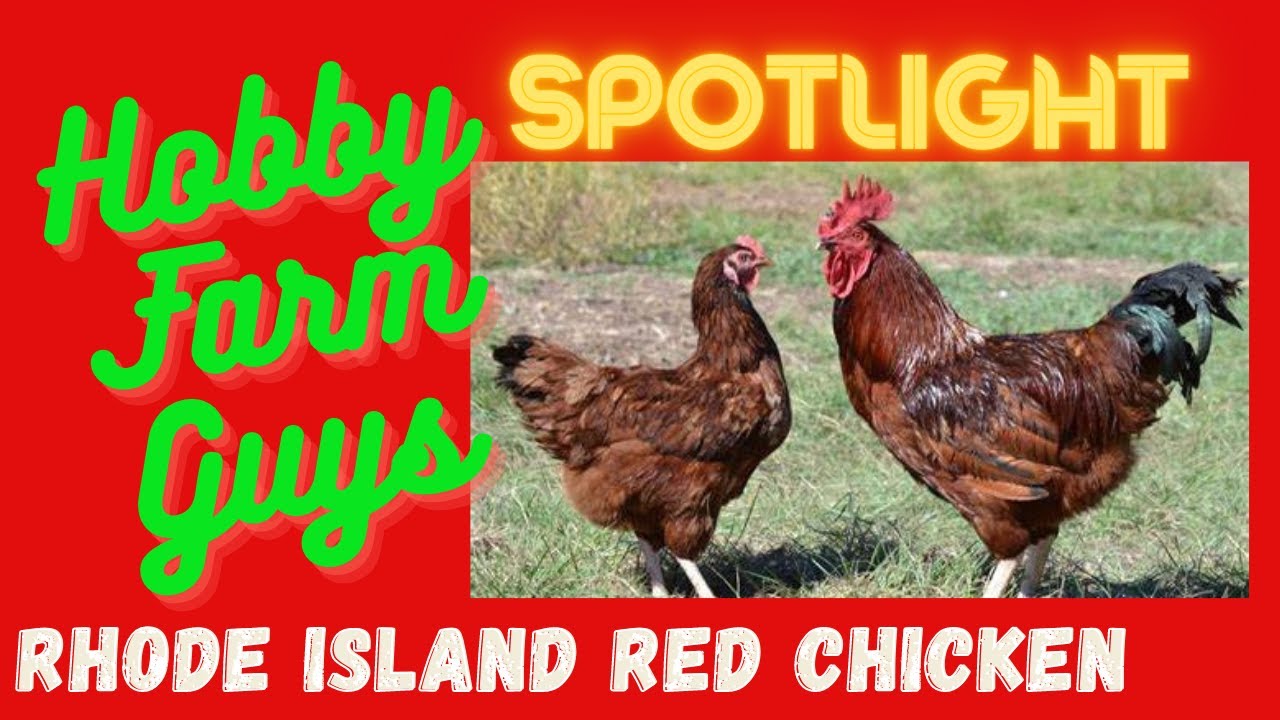What is a Rhode Island Red rooster?
A Rhode Island Red rooster is a popular breed of chicken known for its striking appearance, vibrant colors, and impressive size. It is a type of domesticated fowl that belongs to the Gallus gallus domesticus species. Rhode Island Reds are primarily kept for their meat and eggs, making them a valuable addition to backyard flocks and commercial poultry farms. These roosters have distinct characteristics, temperaments, and roles within a chicken flock, making them a fascinating and important breed to study and understand.
Origins and history of the Rhode Island Red breed
The Rhode Island Red breed originated in the United States in the late 19th century. It was developed in the state of Rhode Island by crossing various chicken breeds, including Malay, Shanghai, and Java chickens. The goal was to create a hardy and productive dual-purpose breed that excelled in both meat and egg production. The efforts paid off, and the Rhode Island Red breed quickly gained popularity due to its exceptional qualities, leading to its recognition by the American Poultry Association in 1904.
Physical characteristics of the Rhode Island Red rooster
Rhode Island Red roosters are large and robust birds with a distinctive appearance. They have a deep, broad chest, well-proportioned bodies, and muscular legs. Their feathers are glossy and have a rich mahogany color, which can range from dark red to lighter shades. These roosters have a single comb, wattles, and earlobes that are typically a bright red color. They have a pronounced upright posture and a proud, alert expression. The average weight of a Rhode Island Red rooster ranges from 8 to 9.5 pounds (3.6 to 4.3 kilograms).
Understanding the temperament of a Rhode Island Red rooster
Rhode Island Red roosters are known for their confident and assertive temperament. They are generally friendly and sociable birds, although some individuals may exhibit more dominant or territorial behavior. They are intelligent and curious, often exploring their surroundings and engaging in playful activities. Rhode Island Reds are also known for their vocal nature, often crowing loudly to establish their territory and communicate with the flock. Proper handling and socialization from a young age are essential in developing a well-behaved and manageable Rhode Island Red rooster.
Rhode Island Red rooster’s role in a chicken flock
Within a chicken flock, the Rhode Island Red rooster plays a crucial role in maintaining order and protecting the hens. They are known for their vigilant nature and will readily alert the flock to potential dangers, such as predators or unfamiliar objects. Rhode Island Reds also take on the responsibility of establishing and defending their territory, ensuring the safety and well-being of the entire flock. Additionally, these roosters are known for their amorous behavior, actively courting and mating with the hens to ensure the continuation of the breed.
Rhode Island Red rooster’s diet and nutritional needs
A well-balanced diet is essential for the health and vitality of a Rhode Island Red rooster. Their diet should consist of high-quality commercial poultry feed supplemented with fresh fruits, vegetables, and grains. Protein is especially important for these roosters, as it supports their muscle development and egg production in the hens. Adequate access to clean water is vital to prevent dehydration and maintain overall health. Additionally, providing appropriate grit and calcium supplements helps ensure proper digestion and strong eggshells in the flock.
Rhode Island Red rooster’s reproductive behavior
Reproductive behavior is a significant aspect of a Rhode Island Red rooster’s life. Once sexually mature, usually around six to eight months of age, these roosters actively seek out hens to mate with. During the mating process, the rooster will perform a mating dance, puff up his feathers, and emit a low clucking sound to attract the attention of the hens. Mating typically occurs frequently, and a Rhode Island Red rooster can fertilize multiple hens within a short period. The eggs laid by the hens will be fertile and capable of developing into chicks if incubated or brooded.
Rhode Island Red rooster’s role in breeding programs
Rhode Island Red roosters play a significant role in breeding programs focused on improving meat and egg production. Their desirable traits, such as rapid growth, high egg-laying capacity, and strong fertility, make them valuable contributors to breeding stock. Breeders carefully select roosters with exceptional qualities and mate them with high-performing hens to enhance the breed’s overall genetic makeup. This selective breeding process aims to produce offspring with superior attributes, ensuring the continued improvement and preservation of the Rhode Island Red breed.
Common health issues in Rhode Island Red roosters
Like any living creature, Rhode Island Red roosters are susceptible to certain health issues. Some common ailments include respiratory infections, feather pecking, external parasites, and reproductive disorders. Proper sanitation, regular health checks, and a balanced diet can significantly reduce the risk of these health issues. Vaccinations against common poultry diseases, such as Newcastle disease or avian influenza, are also recommended to maintain the overall health and well-being of the flock.
Proper care and maintenance for a Rhode Island Red rooster
To ensure the well-being of a Rhode Island Red rooster, proper care and maintenance are essential. Providing a spacious and secure coop with adequate ventilation and protection from predators is crucial. Regular cleaning of the coop and nesting boxes helps maintain hygiene and prevent the spread of disease. Routine health checks, including monitoring for signs of illness or injury, are important in identifying potential issues early on. Additionally, allowing the rooster access to a secure outdoor area for exercise, dust bathing, and foraging promotes their physical and mental well-being.
Training and handling techniques for a Rhode Island Red rooster
Training and proper handling techniques are vital when dealing with a Rhode Island Red rooster. Starting from a young age, gentle and consistent handling helps establish trust and respect between the rooster and caretaker. Positive reinforcement methods, such as offering treats or rewards, can be used to encourage desired behavior and discourage aggressive tendencies. It is important to create a calm and safe environment when handling the rooster to prevent unnecessary stress or injury to both the bird and the handler.
Conclusion: The versatile and beloved Rhode Island Red rooster
The Rhode Island Red rooster is a versatile and beloved breed that has made its mark in the world of chickens. With its striking appearance, impressive size, and outstanding meat and egg production capabilities, it has become a favorite among chicken enthusiasts and commercial farmers alike. Understanding the origins, physical characteristics, temperament, role in a flock, dietary needs, reproductive behavior, and health concerns of a Rhode Island Red rooster is vital for their proper care and management. With the right attention, care, and handling, the Rhode Island Red rooster can continue to be a cherished and valuable member of chicken communities around the world.





